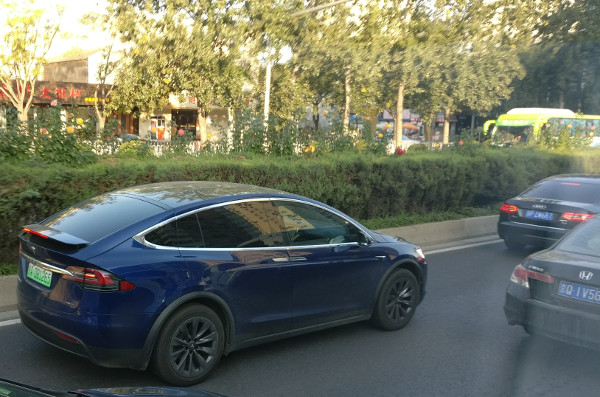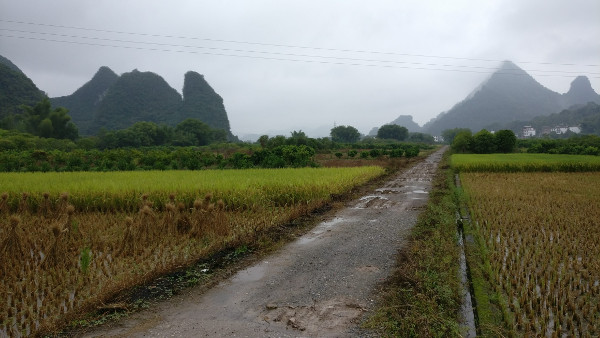"China must be very interesting."
"Very big, China."
"And Japan"
"Very small."
(Noel Coward, Private Lives, Cathay Hotel, Shanghai, 1930)
Chinese civilisation dates back several millennia. Its history is one of successive dynasties rising and falling as a result of war and conquest. Unlike Western societies its culture has been one of almost continuous development and many of the West’s societal, agricultural and industrial processes started there. On every level, China’s development is continuing at a frenetic rate.
A dark age can be defined as a period where there is a loss of internal control over society and domination by external cultures. China’s dark age is the Century of Humiliation, from the First Opium War (Anglo-Chinese War) to the emergence of Communist China in 1949. Control of the economy by Western powers in the 19th century and invasion by the Japanese in their two wars of the 20th century continue to have a profound effect on Chinese psyche and society.
Face, as in “losing face”, is an important facet of personal and business relationships in China. It is also significant on a national level. The fascinating development of China over the last 70 years reflects the nation’s determination to never be vulnerable to such subjugation and humiliation again.
China was a pure communist country under Mao Zedong. The Great Leap Forward in the 1950s resulted in widespread famine. The Cultural Revolution of the sixties resulted in the loss of high level skills in the economy and significantly retarded growth. After 1978 the country converted to a “socialist market economy with Chinese characteristics” and the economy started to take off.
Large state owned enterprises still make up a significant proportion of the economy. The rest comprises a highly competitive private market. Since the reforms of Chairman Deng Xiaoping in the late seventies, Chinese annual growth rates have varied between 6 and 12 per cent, two to four times higher than the West’s. Experiments in commercial markets have focussed on Special Economic Zones where foreign investment and technology has combined with Chinese zeal to create the economic powerhouse of today.
These developments have lifted half a billion people out of poverty in the last 30 years. Income levels now vary widely across China, with the citizens in the coastal towns enjoying a level of affluence equal and in many cases exceeding those in the West. However, extreme poverty still persists particularly in the more rural areas of western China.
Today the family is almost as strong as an economic unit as it was under the old imperial systems. Social security provisions are minimal and many young Chinese have moved to the new coastal economic zones, living in dormitories and sending most of their earnings back home to their parents.
Life may be better than it was but looking after the family weighs heavily on the minds of young Chinese men and women. Arranged marriages are still common and the burden of looking after the family falls to the sons.
Following the one child policy of 1979 (relaxed to a two child policy since 2016) the number of young males exceeds females by 34 million. As a result a mother can be picky about her future son-in-law. To even have a chance the prospective groom must have the five Cs (cash, car, condo, credit card and career).
The Chinese “love money” and their focus on materialism seems strange to Westerners but it is clearly understandable given their history both distant and recent. “Keeping up with the Wangs” is an even more important societal pressure in China than it is in the West.
It is said that in the fifties, during the famine, the greeting of Chinese housewives was “Have you eaten?”. As economic conditions improved the question changed to “What have you been watching (on television)?”. In the noughties overseas travel became a reality for an increasing number of Chinese. The greeting became “Where have you been?”. These days, judging by Beijing traffic, it is probably “Where did you get your Audi serviced?”
The rapid urbanisation and industrialisation of China is directed through government policies. From a largely rural population in the fifties, it is estimated that by 2025 one billion of China’s 1.4 billion will be living in cities. Apart from the major provincial capitals that range in size from 10 to 30 million people there are thousands of smaller communities building Gold Coast sized communities along the banks of the river or by the side of the highways and railway lines.
Back of the envelope calculations suggest that even with one thousand occupants per 40-story apartment block the Chinese are building over one million high rises. Managing such a task is probably only possible under a communist regime and getting the allocation of resources right is a Herculean task. In the current economic climate one can clearly see that many of these constructions are temporarily on hold. Getting the “market” component of “market socialism” right is the hard part.
“It’s always cloudy in Chengdu” joke some of the locals and it is a common problem along the banks of the Yangtze, where a third of China’s population live. The “cloudiness” is reminiscent of similar conditions that used to affect London and Los Angeles. While everyone understands the cause it would be impolite to be too explicit. Improving air quality is a key component of President Xi Jinping’s environmental policies under the current Five Year Economic Plan
China is investing heavily in electric vehicles. Chinese manufacturers along with the American owned Tesla company are expected to account for 12 per cent of all new car sales in 2020. Electric vehicles are easily identified on Beijing streets with their green, rather than blue, license plates.

As a way of addressing its air pollution China is also switching from coal to nuclear power for an increasing proportion of its energy needs. . However, as in the West, the program has slowed following the Fukushima Daiichi nuclear disaster in Japan several years ago.
Great Firewall of China
Westerners visiting China should be prepared to go without access to many of their usual websites. The alternative is to invest in technologies to circumvent the Great Firewall of China, Sites blocked include Wikipedia, Facebook, Twitter, Amazon and Alphabet (Gmail, Youtube, Google Maps, etc.). Curiously, Western media like Fox News are not filtered but the BBC and the ABC are unavailable, presumably because they are too left wing for the Chinese Communist Party.
Preparation for a trip to China should include downloading any books you may want to read to your phone or ipad, caching maps of the areas where you are going to stay and making sure all the applications you may need have been installed on your phone prior to departure.
If you wish to access blocked sites you will need a virtual private network (VPN). This directs all the traffic from your phone to an unblocked computer in the West and this computer in turn accesses sites on your behalf. Although there are many VPNs from which to choose, Chinese censors have begun closing down VPNs that become more popular. New services are constantly replacing them and it has become a never ending game of whack-a-mole.
Even if you establish a connection to your favourite sites, new internet monitoring tools, like deep packet inspection (DPI), identify encrypted tunnels and allow the censors to slow these connections to the point of making them unusable.
The aim of the Chinese censors is not to make a tourist’s life difficult but to protect Chinese citizens from the corrupting influence of Western media and to manage the propagation of internet trends and memes. There are no Festivals of Dangerous Ideas in China.
Food in China is cheap and plentiful. Freshly cooked meals with large amounts of vegetables are the staple although freeze dried foods are becoming more common in Chinese supermarkets. The quality of the produce is variable and contamination such as the milk powder scandal makes even the Chinese wary.
High density living plus the high cost of car ownership forces most urban Chinese to use the excellent public transport system. Many Chinese will walk their 10,000 steps per day as part of their daily life. This, plus their traditional diet, has meant that obesity has not been an issue in the past.
Smoking remains common, particularly amongst the elderly, although it is increasingly rejected by the young. Health authorities report that increasing affluence leading to a sedentary lifestyle combined with a more Western diet will make diabetes and cardiovascular disease critical issues for Chinese health authorities over the next decade.
China has lifted hundreds of millions of people out of poverty over the course of the last 40 years. The economy has moved from rural production to manufacturing and, as in the West, its future will be in services.
“What got you here, won’t get you there” has rung true for the leaders of the Chinese Communist Party in the past. It will be fascinating to see if the Party will evolve again as young educated Chinese urbanites take over as the driving force in the new economy of the People’s Republic.
















